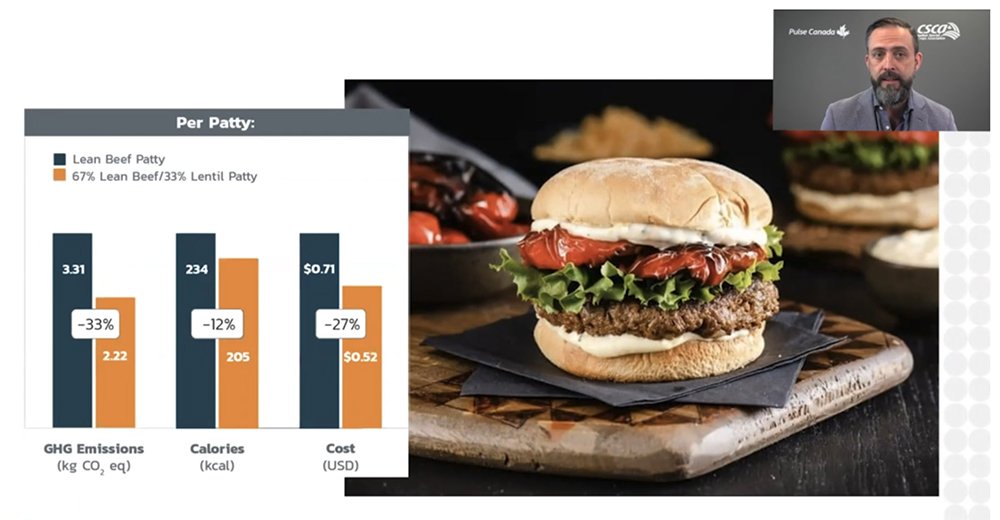New interest in pulses called a trend, not fad

Greg Cherewyk posed a question and then answered it during his recent presentation at the International Grains Council’s Grains Conference 2021.
“Is all the interest we’re seeing in pulses fleeting?” said the president of Pulse Canada.
“Are pulses just a fad or should they be considered a trend?”
He noted that a fad is something that appears out of nowhere, takes people by surprise and then quickly disappears.
A trend evolves slowly over time, builds gradually and leads to long-term changes that can influence culture for generations.
“I’m a firm believer that pulses are not a fad but are central to a trend that’s here to stay,” said Cherewyk.
Pulses have been part of human diets for thousands of years, with the first evidence of lentil consumption found in a cave in Greece dating back to 11,000 BC.
“We’re not talking about a crop that only recently emerged on the scene,” he said.
More than 170 countries around the world grow and export some type of pulse crop.
But what about processed pulses?
Cherewyk said people are under the mistaken impression that pulse flours and starches are a new thing.
The reality is pulses have been fractionated for centuries in markets like the Middle East and the Indian Subcontinent.
“For some of us we’re only just waking up to them now,” he said.
“The western world is now taking notice of what the rest of the world has known for some time.”
Cherewyk said concerns about human health and the health of the planet are here to stay and pulses will play a vital role in addressing those concerns.
Pulse Canada recently worked with ETH Zurich on a project where traditional bread, cereal and pasta recipes were reformulated by replacing a portion of wheat flour with yellow pea flour.
The result was an 11 to 70 percent increase in nutrient balance score and a five to 18 percent reduction in carbon emissions of the foods.
Another project replaced one-third of a lean beef patty with cooked lentils.
The result was a burger with 12 percent fewer calories, 32 percent less saturated fat and 26 percent lower production costs. Greenhouse gas emissions were slashed by one-third.
“This is big news and there is growing interest and potential in this hybrid or blended plant and animal protein market,” said Cherewyk.
A study commissioned by Protein Industries Canada says the plant-based meat market will reach $85 billion in sales by 2035.
Governments are also embracing pulses. The Food and Agriculture Organization of the United Nations is hosting a Food Systems Summit in September that will “radically change” the way food is produced.
Pulses are expected to be one of the FAO’s paths forward to healthier and more sustainable foods.
“The future of pulses could not be brighter,” said Cherewyk.
Contact sean.pratt@producer.com
Source: www.producer.com

